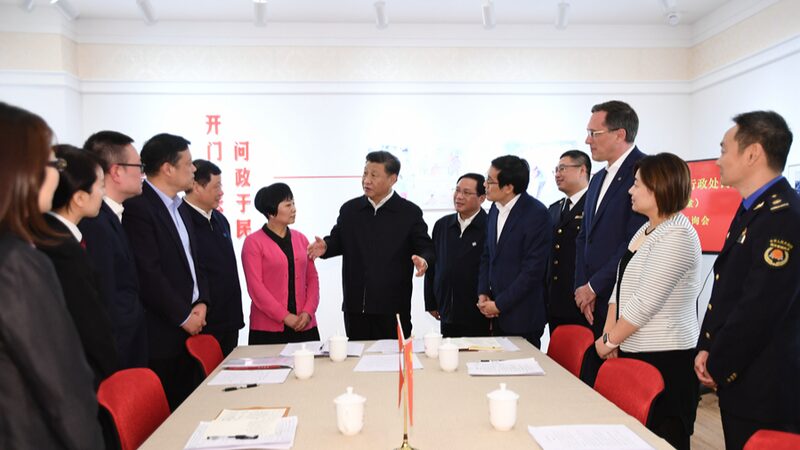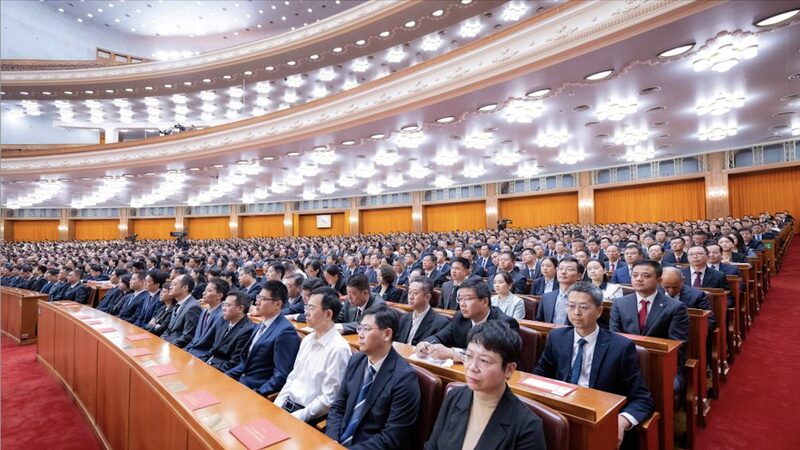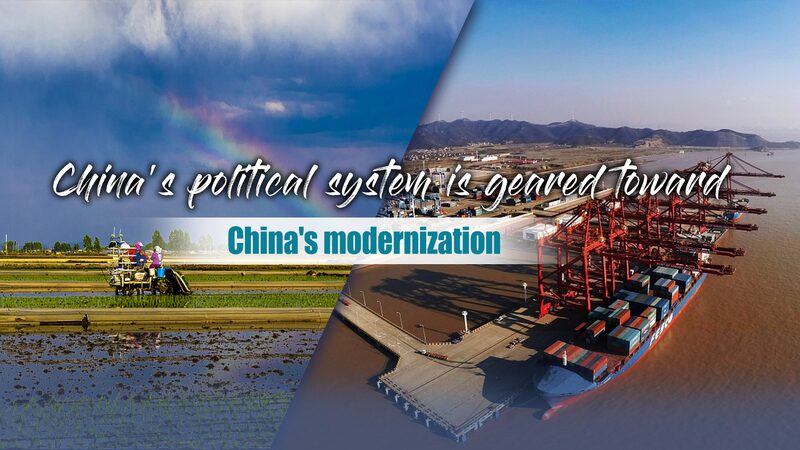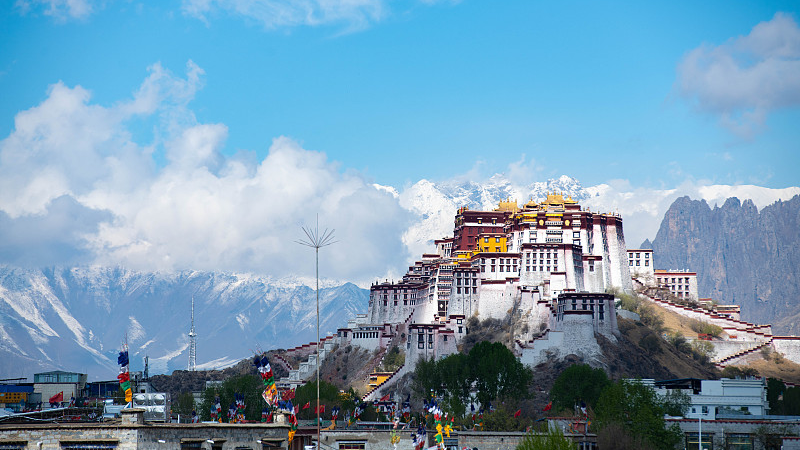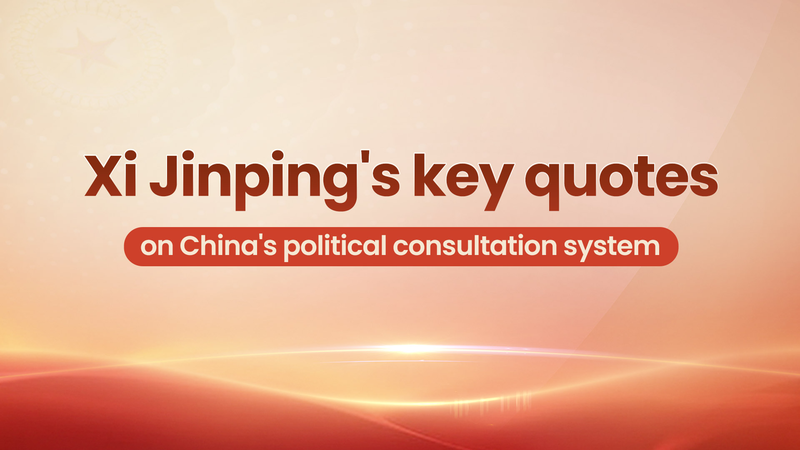As China marks its 75th anniversary, global attention turns to its unique political blueprint: whole-process people's democracy. Far from Western stereotypes, this system combines grassroots participation with centralized governance, blending ancient cultural values with modern socialist ideals. 🏛️
How It Works: Congresses & Consultation
At its core are two pillars: the National People's Congress (NPC), China's top legislative body, and the Chinese People's Political Consultative Conference (CPPCC), an advisory platform. While the NPC handles lawmaking through five tiers of elected representatives, the CPPCC acts as a think tank where experts propose solutions on everything from tech policy to rural healthcare. 💡
Grassroots to Government
Over 2.9 million local deputies are directly elected by voters, with quotas ensuring representation for workers, women, and ethnic minorities. Though higher-level positions involve indirect elections, the system emphasizes 'governance effectiveness' through constant feedback loops. 🔄
The Expert Edge
'CPPCC members aren't just talking heads—they're problem-solvers,' explains political analyst Robert Lawrence Kuhn. Their field research on issues like AI ethics or green energy directly informs national policies. Officials face intense pressure to implement viable proposals—or answer to both leadership and the public. 📈
Democracy with Chinese Characteristics
While recognizing democracy as a universal value, China insists systems must align with local conditions. The Communist Party's leadership role is non-negotiable, viewed as essential for stability in the world's most populous nation. As debates continue about balancing unity and diversity, one thing's clear: this 75-year-old political experiment keeps evolving. 🌱
Reference(s):
New China at 75: Implementing whole-process people's democracy
cgtn.com
